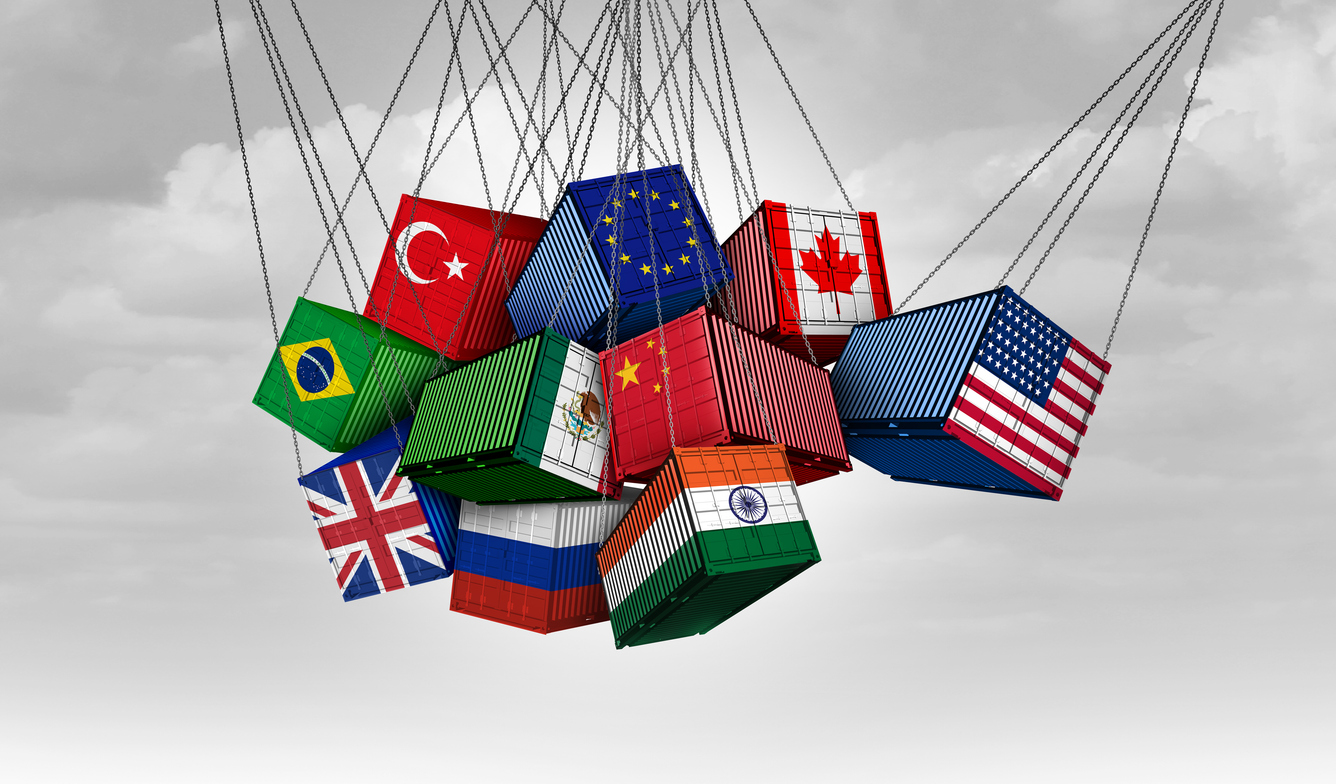The rollercoaster of customs duties introduced by the Trump administration has shaken global economic balances and injected new levels of uncertainty into international trade. As trade tensions escalate, supply chain and finance leaders must turn to innovative solutions to manage this volatility. At Beyond Plans, we believe Anaplan offers a powerful answer to this challenge.
For years, customs tariffs were perceived as stable, governed by bilateral or multilateral trade agreements. But that era is over. Sudden tariff hikes by the U.S., retaliatory measures in response to diplomatic frictions, and sector-specific countermeasures have made today’s global trade landscape increasingly unpredictable.
For manufacturers, distributors, and consumer brands, the impact is immediate. Import costs spike, supplier relationships are strained, and already-tight margins come under pressure—requiring rapid renegotiation.
When Geopolitics Invades the Spreadsheet
Imagine a medical device manufacturer seeing the cost of critical components surge 20% overnight due to a new import tax from a key supplier country. Or a furniture distributor whose supply chain is disrupted by duties on essential raw materials like plywood or aluminum. Or a fashion retailer needing to revise prices urgently following the announcement of new tariffs on Asian textiles.
These are just a few examples highlighting the need for foresight, agility, and structured decision-making—capabilities many organizations still lack due to inadequate tools.
Moving from Defensive Reflexes to Strategic Simulation
Too often, companies respond reactively: freezing orders, rushing supplier renegotiations, slashing margins. These moves, born from a lack of visibility, can be costly over time.
With Anaplan, Beyond Plans helps clients shift to a proactive mindset. Scenario planning capabilities allow businesses to:
-
Simulate different tariff policies and assess their varying impacts by region, product line, or supply chain route.
-
Forecast the effects of tariff changes on total landed costs, from sourcing to final delivery.
-
Evaluate the viability of partial reshoring or supplier diversification, factoring in logistics timelines, contractual constraints, and currency conditions.
Rising Tariffs: Balancing Availability, Cost, and Margin
One direct consequence of tariff increases is higher import costs. Should businesses absorb these to protect market share, or pass them on at the risk of reduced demand? There’s no one-size-fits-all answer—it depends on customer segments, competitive positioning, market pricing levels, and price elasticity.
Anaplan’s modeling capabilities make it possible to simulate the effects of different pricing strategies. Users can anticipate market reactions, analyze impacts on sales volumes, and calculate the optimal break-even point. It’s a data-driven approach to questions too often answered by guesswork.
Beyond Cost: Rethinking Inventory and Supplier Exposure
Announced tariff hikes may tempt companies to overstock ahead of enforcement to benefit from existing terms. But this strategy only works with a precise understanding of logistics capacity, sales forecasts, and supplier risk.
Anaplan enables businesses to visualize their real-time exposure to various tariff zones, overlay that data with the criticality of affected products, and create tailored action plans—whether that means supplier negotiations, relocation, volume pooling, or finding alternative sources.
Beyond Plans: Making Planning a Strategic Resilience Lever
At Beyond Plans, we believe resilience isn’t passive—it’s built, anticipated, and actively managed. By placing Anaplan at the core of their decision-making, our clients turn customs volatility into opportunities for optimization: better margin visibility, reduced supplier risk, and greater agility in pricing and logistics decisions.
Our mission? To translate each organization’s unique business challenges into actionable planning models, align departments (finance, procurement, supply chain) around a shared framework, and accelerate both deployment and adoption—so technology becomes an immediate driver of action, not just a long-term project.








